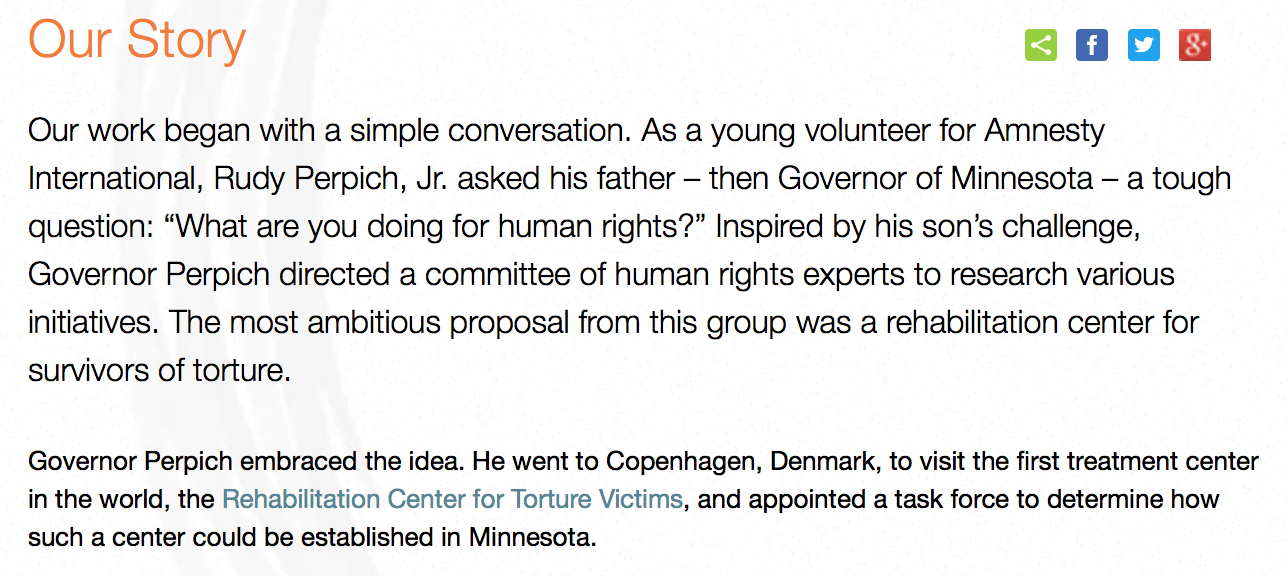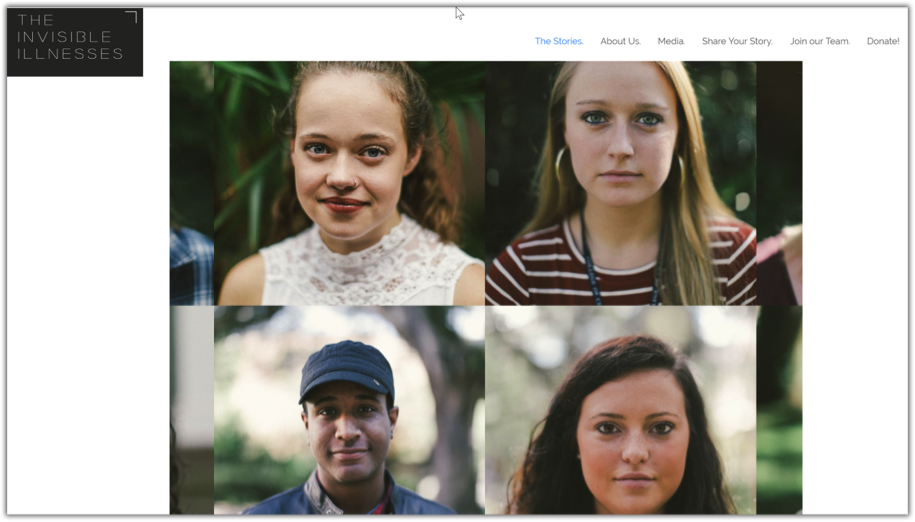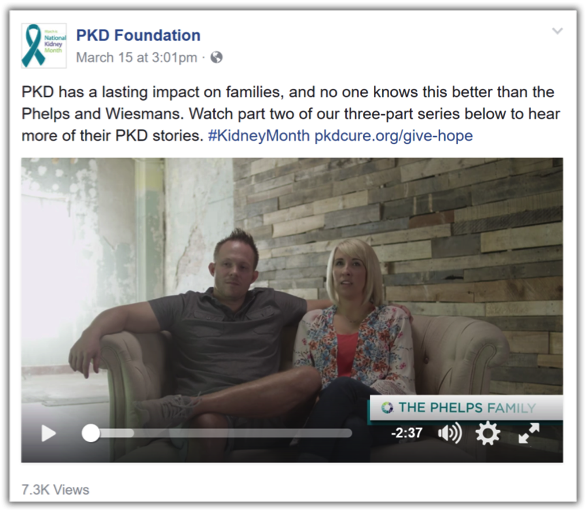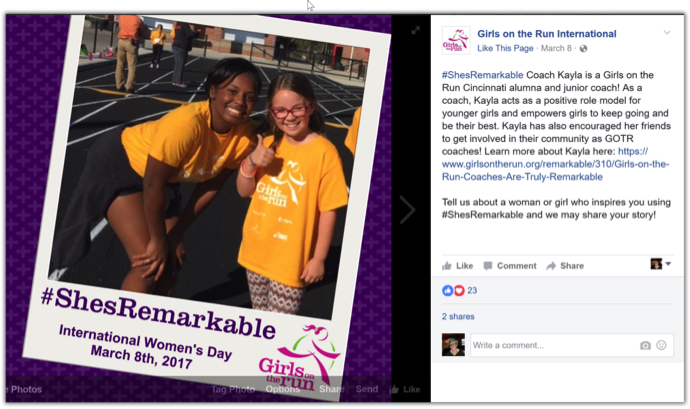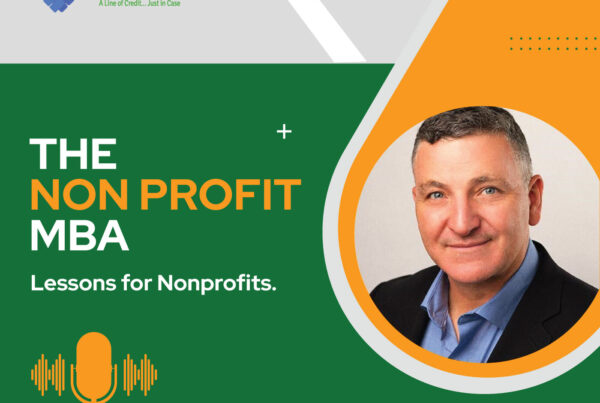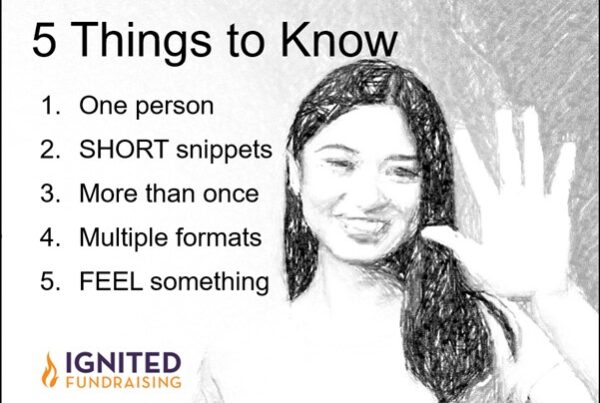It’s no secret I have a passion for using storytelling to raise awareness and fundraising dollars for nonprofit organizations.
When my Twitter colleague @DennisFischman asked me: How would you adapt Pam Neely’s storytelling advice for nonprofit use? I jumped at the chance to take her post [5 Simple Ways to Use Storytelling in your Marketing] and provide a nonprofit lens.
Here is Pam’s list of 5 and my take on them:
1.) Tell the Story of How You Started Your Business
YES: Share your founder story, if you know it.
It’s the story of their passion for animals, education, children, veterans, seniors, frail elderly, clean air, or ending homelessness or domestic violence or ??
This is not a factual list of reasons you exist. It’s truly a story that has an important place in establishing what’s missing in your community that requires your existence.
From the Center for Victims of Torture:
2.) Share Your Customers’ Stories
YES. Share your client stories. – Change the first name and some descriptive details if confidentiality is important.
To increase giving, donor retention and awareness, spend as much as possible Sharing Your Client Impact Stories.
What you are doing is to make sure you Tell Your WHY Story–Why is your organization necessary?
Your WHY story: A story about someone’s life that’s better because of your impact on some aspect of their life.
Your organization provides something for others: it might be food, housing, safety, advocacy, healthcare, or…? Share one story at a time about a man, woman or child who doesn’t have what you provide and is waiting for your organization to do something.
OR share the story of how they now DO have what you provide. Make sure the lens of the story focuses on your financial and volunteer supporters. This is your opportunity to cause your supporters to feel great about their current or next contribution.
Take time to view Simon Sinek’s TED talk. Then work with your team to identify a regular supply of WHY stories.
Check out this powerful example from the home page of The Invisible Illnesses
When you visit the website click on any of the images to read their story.
3.) Share Customer Experiences on Social Media
YES. Share your client experiences on social media.
I can’t say enough about using social media to raise awareness, renew passion for giving, and recognizing your impact. This form of communication doesn’t have to take a lot of time. But it must be done with the intention of causing others to “feel good” about supporting your organization.
Today we are fortunate social media allows us to utilize so many different modes of communication: photos, videos, artwork, children’s drawings, renderings of the way it will look eventually, quotes, even audio clips.
Find a way to share your impact regularly on social media. Don’t let technology scare you away from social media – one of the most powerful, easily accessible and mostly free, form of communication.
From PKD Foundation on Facebook – March 15, 2017:
From charitywater on Instagram:
4.) Share Stories of Your Employees or Your Company Culture
YES. Share stories of your staff, volunteers, board leadership, donors.
What better way to recognize people doing exactly what we want: give their time and/or gifts of money. These simple shout outs can be an excellent way to cause others to want to make a difference.
5.) Write Better Press Releases
YES.
As Pam Neely says, “Many press releases are about as interesting as cardboard.”
Take the time to position your next fundraising event, agency milestone, anniversary of your founding, or new hire as something people WANT to read. And something reporters WANT to learn more about. Turn it into a compelling story.
From Girls on the Run International – Facebook – March 8, 2017
Visit the Resources section for a free 2-page storytelling framework and other storytelling tools.

